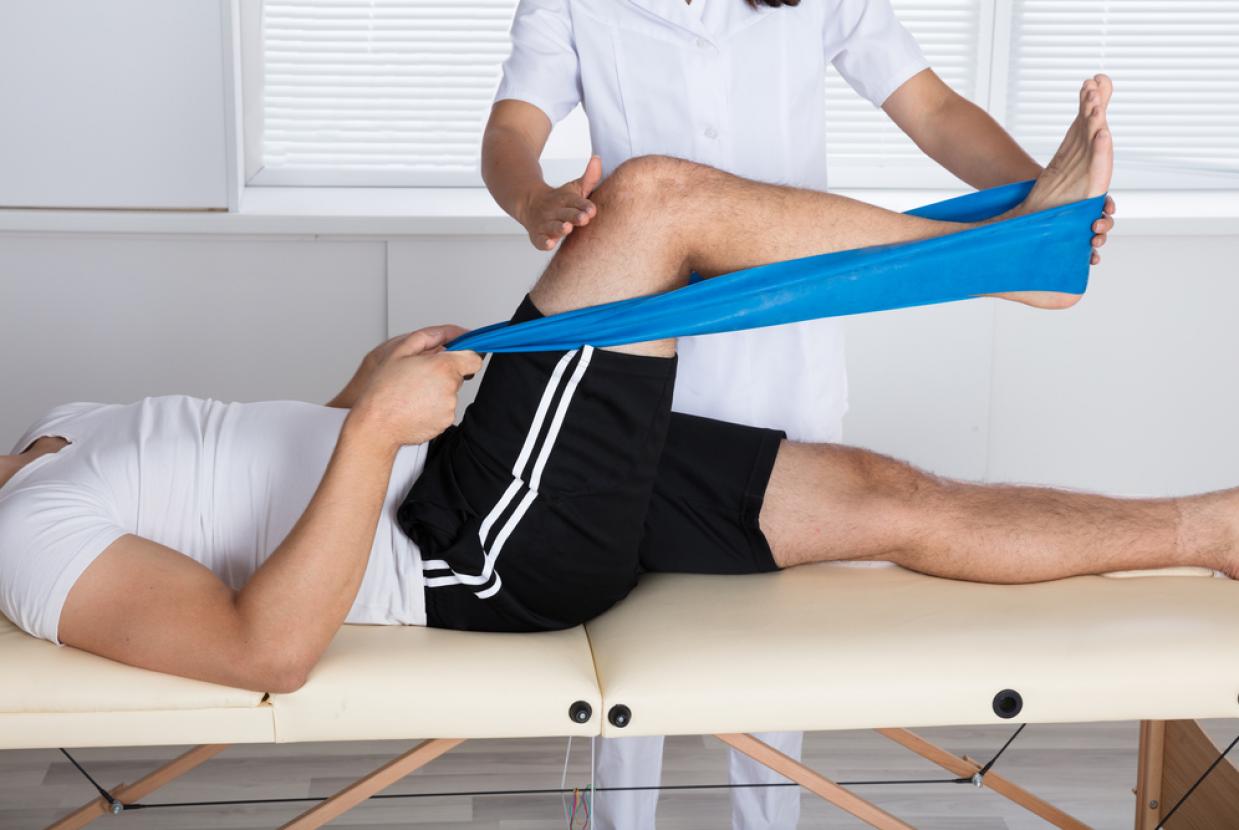Safe Lifting Tips
One of the biggest causes of back injury at work is lifting or handling objects incorrectly. Learning and following the correct method for lifting and handling heavy loads can help prevent injury and avoid back pain.
Check out these safe lifting and handling tips, recommended by the Health and Safety Executive.
Think before you lift
Plan the lift. Where is the load going to be placed? Use appropriate handling aids where possible. Will help be needed with the load
Remove obstructions, such as discarded wrapping materials. For long lifts, such as from floor to shoulder height, consider resting the load mid-way on a table or bench to change your grip on it.
Keep the load close to the waist
Keep the load close to the waist for as long as possible while lifting to reduce the amount of pressure on the back. Keep the heaviest side of the load next to the body. If closely approaching the load isn't possible, try to slide it towards the body before trying to lift it.
Adopt a stable position
Your feet should be apart with one leg slightly forward to maintain balance (alongside the load, if it's on the ground). Be prepared to move your feet during the lift to maintain a stable posture. Wearing over-tight clothing or unsuitable footwear, such as high heels or flip flops, may make this difficult.
Ensure a good hold on the load
Where possible, hug the load close to the body. This should help you make a stronger and more solid lift than gripping the load tightly with the hands only.
Don't bend your back when lifting
A slight bending of the back, hips and knees at the start of the lift is preferable to either fully flexing the back (stooping) or fully flexing the hips and knees – in other words, fully squatting.
Don't bend the back any further while lifting
This can happen if the legs begin to straighten before starting to raise the load.
Don't twist when you lift
Avoid twisting the back or leaning sideways, especially while the back is bent. Keep your shoulders level and facing the same direction as the hips. Turning by moving your feet is better than twisting and lifting at the same time.
Look ahead
Keep your head up when handling the load. Look ahead, not down at the load, once it has been held securely.
Move smoothly
Don't jerk or snatch the load as this can make it harder to keep control and increases the risk of injury.
Know your limits
Don't lift or handle more than you can easily manage. There's a difference between what people can lift and what they can safely lift. If you're in doubt, seek advice or get help.
Lower down, then adjust
Put the load down and then adjust. If you need to position the load precisely, put it down first, then slide it into the desired position.





























































